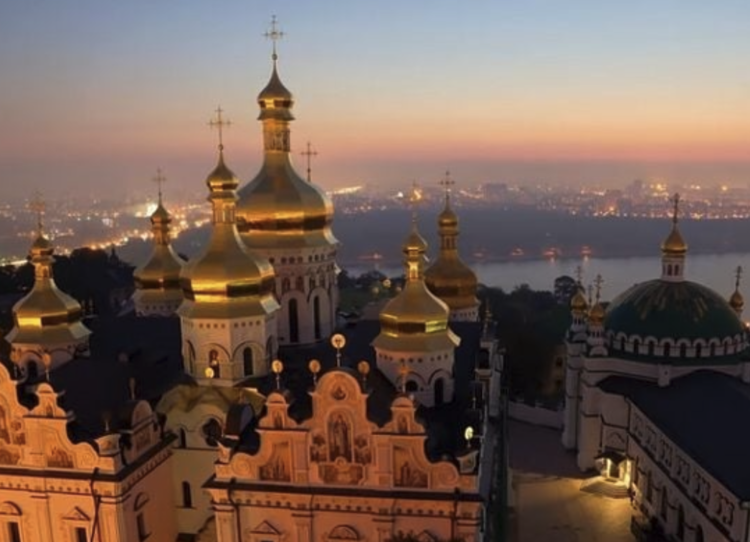After studying relevant police reports, Americans Against Antisemitism issued a 2023 document noting the obvious -- that rising numbers of Orthodox Jews were being assaulted in New York City.
The Orthodox, especially Hasidic Jews, were victims in 94% of the 194 antisemitic assaults between 2018-2022 reported to the city's Hate Crimes Task Force. Most of these crimes occurred in Jewish neighborhoods and some were captured on video. Only two of the criminal cases led to convictions.
Assaults on Orthodox men and women "ranged from spitting, to punching, to someone being hit in the face with a brick," noted Batya Ungar-Sargon of Newsweek, in her book "Bad News." The crime wave produced few news reports until a 2019 mass shooting at a Kosher supermarket in Jersey City and a machete attack on a Hannukah party in Monsey, north of New York City.
Then came COVID-19 and Orthodox Jews, along with others in close-knit ethnic and immigrant communities, were hit hard.
"Because the national news media saw that they could cast the Jews as the villains of the virus instead of its victims, they suddenly couldn't get enough of them," wrote Ungar-Sargon, an Orthodox Jew. "Every outlet began running pieces … blaming Orthodox recalcitrance to social distancing or mask wearing for spreading the virus, not just among their own communities but to their neighbors, too."
Many of these pandemic-driven stories were valid -- but packed with errors about Orthodox beliefs and traditions. Ungar-Sargon asked: Why did journalists jump into "hyperdrive" in this case, after downplaying all those antisemitic attacks? Why do many journalists see Americans they consider "less intelligent and uneducated" as "beyond salvation, irredeemable and filled with hate"? She has continued her work in a new book, "Second Class."
In the late 1970s, researchers began asking why journalists often struggle when covering religion stories or avoid religious news altogether. I wrote my 1982 University of Illinois Urbana-Champaign graduate project on this topic and some of that work was published by Quill, the magazine of the Society of Professional Journalists.
This week marks the start of my 36th year writing this "On Religion" column. I also spent 20 years leading the GetReligion.org project, which closed in February, but its archive remains online for those studying religion and the press.










